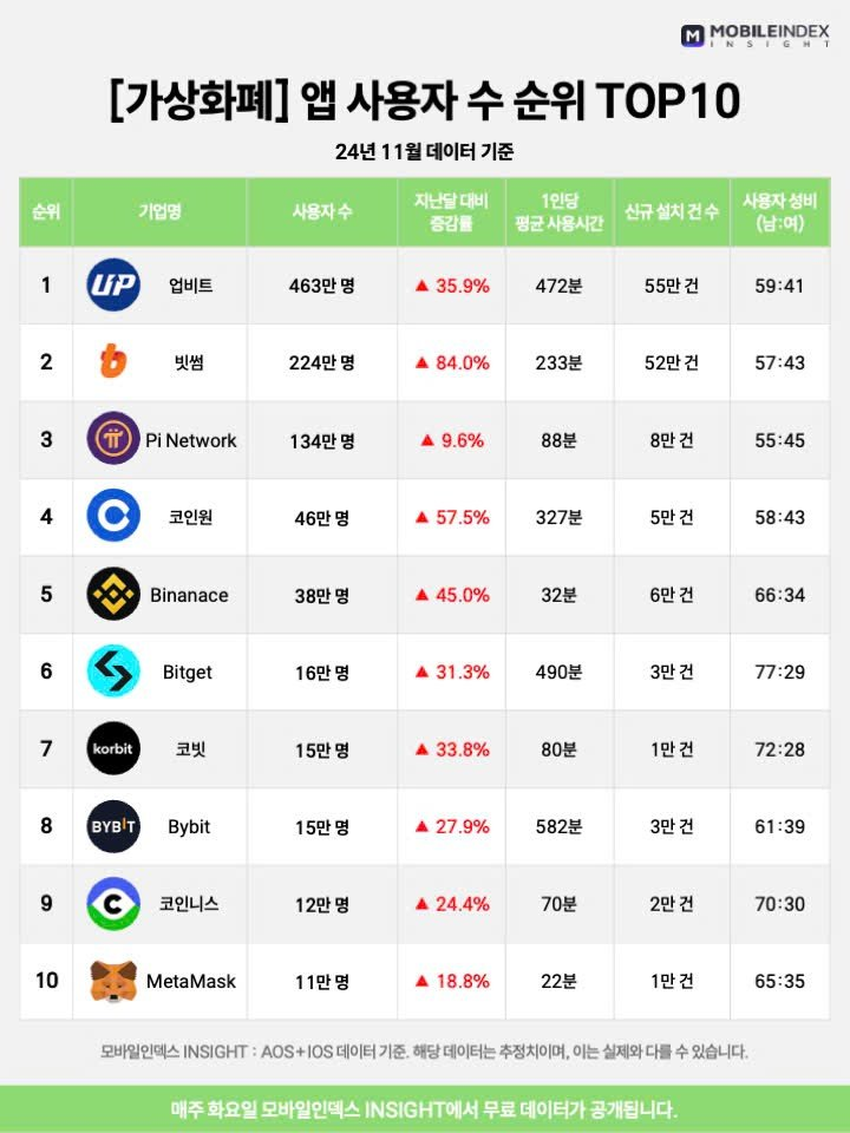Pi Network’s Open Network (mainnet) launch on February 20, 2025, has generated significant speculation regarding its potential listing price. It’s becoming one of the most highly anticipated launches in recent crypto history.
As we near the mainnet launch, here are the top five facts about the Pi Network that every user must know before investing.
SponsoredPi Coin Tokenomics
The total supply of Pi is capped at 100 billion tokens, allocated as follows:
- Mining Rewards (65%): Approximately 65 billion Pi are reserved for rewarding users who contribute to the network through activities like mobile mining, referrals, and running nodes.
- Ecosystem Building (10%): Around 10 billion Pi are set aside to support community initiatives, development of decentralized applications (dApps), and other ecosystem-enhancing projects.
- Liquidity Pool (5%): About 5 billion Pi are allocated to provide liquidity for transactions within the Pi ecosystem.
- Core Team Allocation (20%): The remaining 20 billion Pi are allocated to the Pi Core Team as compensation for their development efforts and ongoing maintenance of the network. This allocation is subject to a vesting schedule aligned with the distribution to the community.
As Pi Network approaches its mainnet launch, the Pi Core Team has not publicly disclosed the exact number of tokens to be unlocked at that time.
As of December 2024, approximately 562 million Pi coins have been unlocked and are in circulation.
Notably, a significant number of Pioneers (users who mine Pi using the mobile app) have chosen to lock up their tokens for extended periods. Many are even opting for a three-year lock-up.
Pi Network Was Accused of a Data Leak
In May 2021, reports emerged of a significant data leak involving approximately 17 gigabytes of personal information from around 10,000 Vietnamese citizens. The compromised data included identity card details, home addresses, phone numbers, and email addresses.
Meanwhile, the individual responsible for the leak claimed the data was sourced from Pi Network. The project, however, refuted these allegations.
Sponsored SponsoredAccording to the project, a third-party service, Yoti, conducted its KYC processes. Yoti also claimed that Vietnamese identity cards were not stored on their servers.
“Pi Network or its third-party KYC provider has nothing to do with the recent alleged data leak of Vietnamese national IDs. Pi Network never asked for or collected such data and our third-party KYC provider does not accept this type of ID documentation,” the project wrote back in 2021.
Later, an internal investigation by Pi Network found no evidence of a data breach on their end. Yoti also denied any involvement in the data leak.
Pi Was Involved in China’s Largest Pyramid Scheme
Pi Network has faced significant scrutiny in China, with allegations suggesting it operates as a multi-level marketing (MLM) or pyramid scheme. The platform uses a referral-based system where users can increase their mining rate by inviting others.
In July 2023, the Public Security Bureau of Hengyang City, Hunan Province, labeled Pi Coin as a scam. The Bureau highlighted that Pi Network relies on a hierarchical invitation mechanism. This forms layers of participants where recruiters benefit from bringing in new members.
Sponsored“PI Network has nothing to do with the real project and will soon rug. Be aware because CABAL is trying to make a meta from the Pi Network 2025 brand,” analyst MASTR wrote on X (formerly Twitter).
The model aligns with the characteristics of pyramid schemes, which are illegal under Chinese law. Several industry leaders like Colin Wu and AB Kuai.Dong have warned about the legal risks of engaging with Pi Network in China.
In response, Pi Network has implemented restrictions on Pi coin trading in certain regions, including mainland China. Exchanges like OKX have confirmed that Pi Network requested an isolated listing method.
“PI is the largest pyramid scheme in the Chinese-speaking world. Since mobile phones can be used for digging directly, the threshold is low. As the number of users increases, mining rewards will gradually decrease. But the disadvantage is that it involves pyramid schemes and gambling, and there are many cases involving police in various places,” wrote AB Kuai.Dong.
Pi Network is Among the Top 5 Most Popular Crypto Projects
Even without a mainnet launch and continuous delays, Pi Network is currently the 5th most followed crypto project on X (formerly Twitter). The project currently has 3.7 million followers, which is higher than Ethereum, Solana, and other popular blockchain networks.
Sponsored Sponsored
It’s also among the most popular crypto apps in South Korea and India. The project’s mobile app has over 100 million downloads on the Google Play store.
Pi Coin Launch Price
Pi network’s OTC (over-the-counter) price is $2 per Pi token. This represents peer-to-peer transactions where users trade Pi informally without exchange listings.
However, its current IOU ( I owe you) price is around $64. IOUs are speculative prices on exchanges like HTX (formerly Huobi), where traders anticipate future prices before Pi becomes tradable.
Most importantly, Pi Network has over 45 million engaged users, making it one of the largest crypto communities. Social media activity and search trends indicate strong retail interest.
Currently, a large percentage of Pi is locked due to voluntary lock-up periods set by users. Given these factors, BeInCrypto analysts predict Pi coin to trade between $30 – $50 on mainnet launch date.

